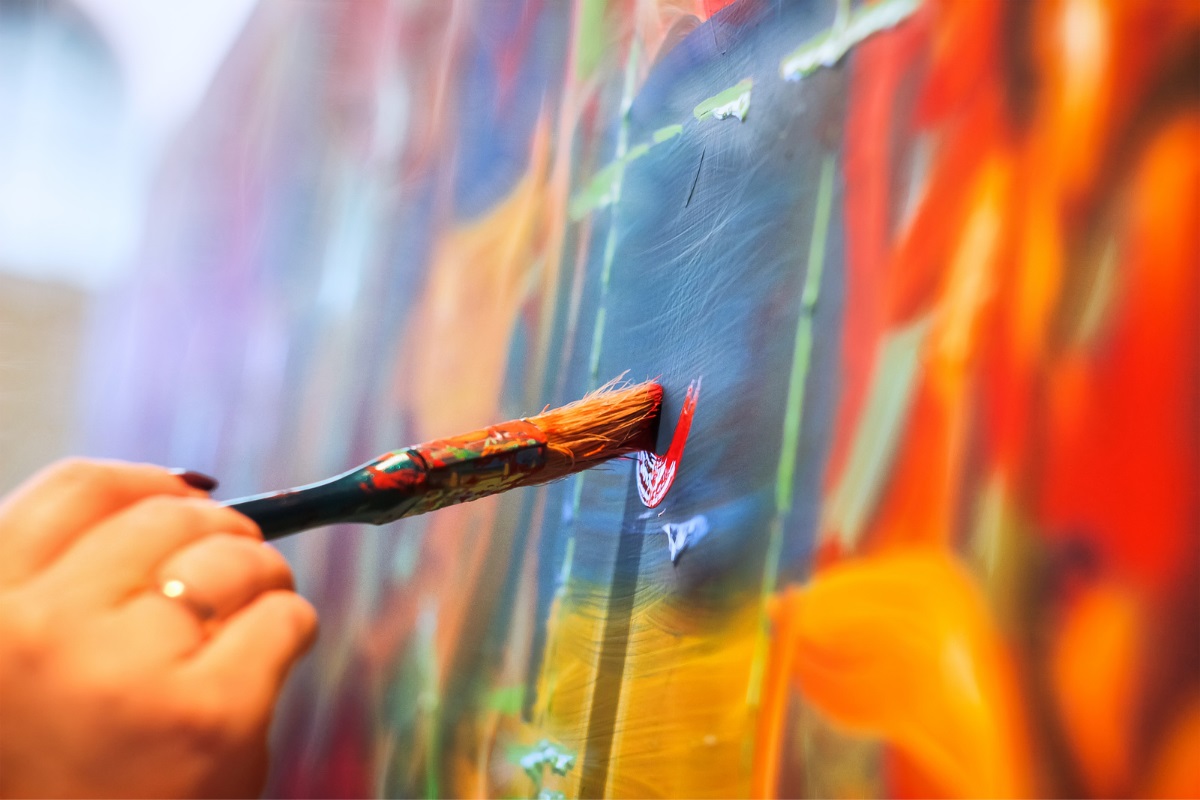Art therapy is a powerful tool that allows individuals to express themselves in ways that words sometimes cannot. Through the creative process, people can explore their emotions, reduce stress, and improve their mental health.Read More
One of the greatest benefits of art therapy is its ability to provide a non-verbal outlet for emotions. Many people find it difficult to talk about their feelings, especially when dealing with trauma or deep-seated issues. Art offers an alternative way to communicate and process these emotions. Additionally, creating art can be a relaxing and meditative activity that helps reduce stress and anxiety. When individuals engage in art therapy, they are often able to enter a state of flow, where they become completely absorbed in the creative process, which in turn promotes mindfulness and relaxation. Moreover, art therapy helps build self-esteem and confidence. When individuals see the progress they make through their creations, they often feel a sense of accomplishment. This boost in self-esteem can translate into other areas of life, helping individuals feel more capable and empowered. Art therapy also fosters self-discovery, allowing individuals to explore their inner thoughts and emotions in a safe and constructive way. It can reveal underlying issues that may be contributing to emotional or psychological distress and offer new perspectives on how to address them. There are several techniques used in art therapy, each designed to help individuals express themselves in different ways. One of the most common methods is drawing or painting, where individuals are encouraged to create images that represent their thoughts or feelings. This can be particularly effective for individuals who struggle to articulate their emotions verbally. Sculpture and other three-dimensional art forms are also widely used, allowing individuals to physically mold or shape their emotions into tangible objects. Collage and mixed media projects can help individuals explore different aspects of their identity and experiences. Art therapy also involves the use of metaphor and symbolism, where the images and objects created by the individual can represent deeper emotions or conflicts. The therapist helps the individual interpret their artwork, guiding them through the process of understanding what their creations reveal about their internal world. This interpretive process can lead to breakthroughs in understanding oneself and can facilitate healing. In conclusion, art therapy offers an innovative approach to healing and self-discovery. By engaging in creative expression, individuals are able to explore their emotions in a safe and supportive environment. The benefits of art therapy are vast, from reducing stress and anxiety to building self-esteem and facilitating emotional expression. Whether through drawing, painting, or sculpture, art therapy provides individuals with the tools to better understand themselves and work through their challenges in a meaningful and constructive way. The techniques used in art therapy are versatile and can be tailored to meet the needs of each individual, making it a valuable resource for emotional well-being.
Benefits of Art Therapy
Techniques in Art Therapy




